Telling the Whole Story project
Irene Watson, Tamara Pomery and Kirrakee Watson
Telling the Whole Story Project began more than two years ago as a partnership between South-East First Nations members Irene Watson, Tamara Pomery, and Kirrakee Watson and the National Trust of SA including members Paul Ledbetter and Alison Stillwell. It began as a response to the Kingston SE National Trust plaque, unveiled in 1966, which describes the massacre of the survivors of the shipwrecked Maria in 1840. While the plaque is deemed offensive to Meintangk, Bunganditj and Potaruwutj peoples and represents the colonial thinking of the time, it is also excludes First Nations’ voices and perspectives of the truth of history. Nevertheless, this project has taken a two-way approach to telling our shared colonial history. In this project First Nations people are authors of our own ancient and contemporary histories and we have responded to the racist 1960s portrayal of the Meintangk First Nation and included a two-way approach to learning and telling our shared colonial history. Instead of demanding the tearing down of the monument, our approach to speaking back to that which was disrespectful to our ancestors was to design a counterpoint: the TTWS project uses pylon signs to record the history of our Aboriginal ancestors and recovers native vegetation and names as a way of acknowledging our past.
We, as authors and designers, led the TTWS project and one of our aims was to share knowledge of the pre-colonial First Nations Meintangk, Bunganditj and Potaruwutj Peoples and our lands and culture. The project is innovative for its two-way approach to retelling our shared colonial history, while centring and honouring the ongoing presence of First Nations Peoples and our continuing connection to country. The environment and its recovery and conservation is critical, so we made native re-vegetation and are using signage and a website to tell that connection to our story the centre of our project.
Pawur is a Bunganditj word which describes the Maria Creek. Part of our vision is to recover the native vegetation of the Pawur-Maria Creek, and the revegetation action began on Friday 26th July 2024, when volunteer locals and the Kingston school students planted native species on the TTWS site at the Maria Creek. The project invites people to learn more about First Nations values in caring for country in a respectful and informative two-way learning model.
Figure 1: Photographs of the planting day of the local community children planting, taken by Kirrakee Watson, 2024
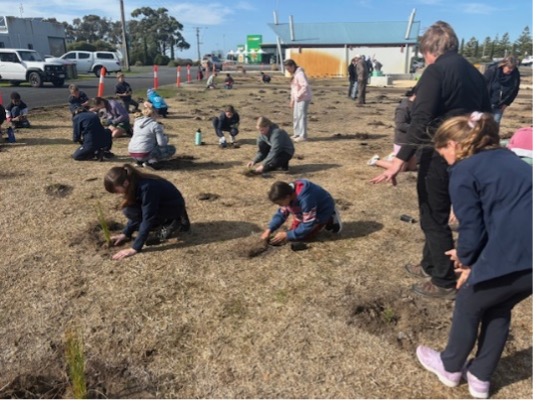
Figure 2: Photographs of the planting day of the local community children planting, taken by Kirrakee Watson, 2024
Tamara Pomery brought her cultural knowledge, language skills, and research experience to the project and is completing a best practice guide for caring for country initiatives. This work in progress will be included on our website. Ecological advisors Nature Glenelg Trust, assisted Tamara with the mapping and recovery of the original native flora and fauna of the site.
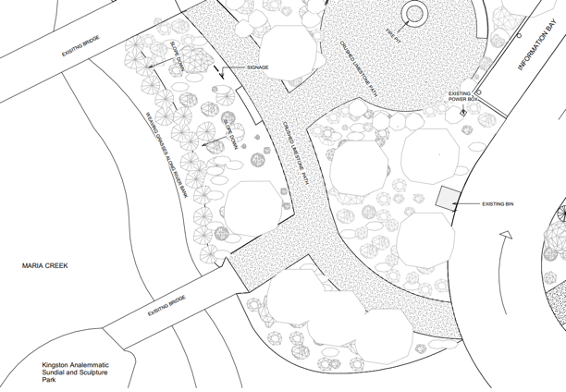
Figure 3: Kirrakee Watson. Site plan for TTWS, 2023, Revit
Kirrakee Watson brought to the project design and architectural skills and prepared the conceptual design which was presented to the Kingston District Council for their approval and support. At the time of writing Kirrakee and Tamara are progressing an art installation supported by a Kingston District Council grant; this is due for completion in 2025.
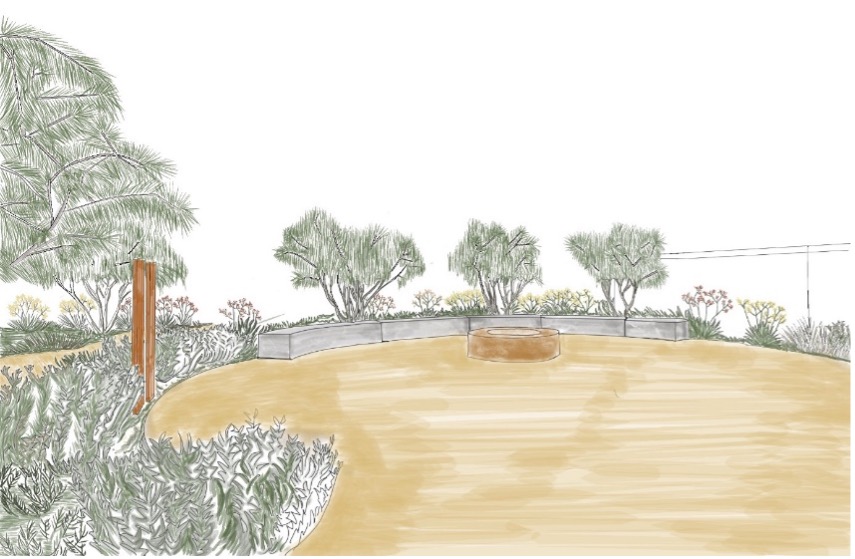
Figure 4: Kirrakee Watson. Hand sketch concept of the Kalawa circle, 2023,
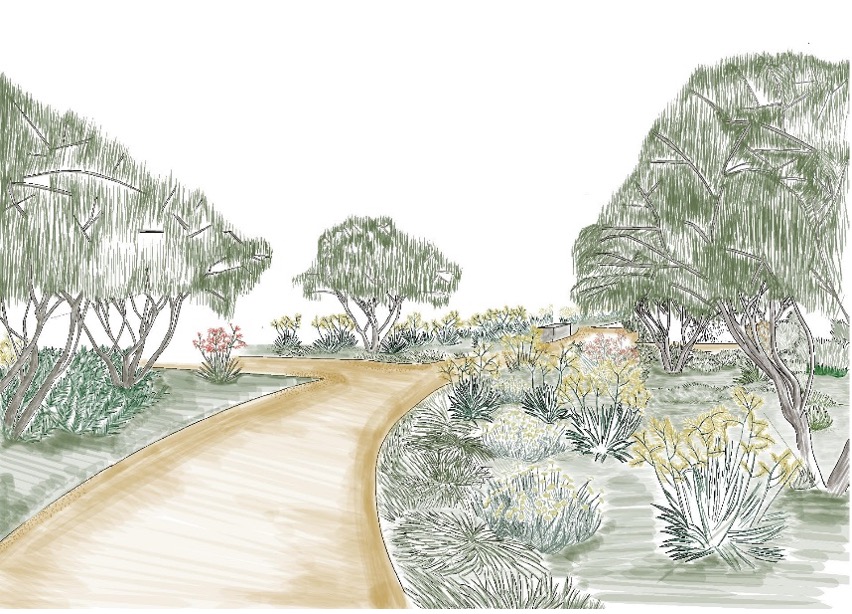
Figure 5: Kirrakee Watson. Hand sketch concept of the native plant colours and textures, 2023.
A successful launch of the project was held on Friday 15th November 2024 onsite at Kingston SE. We were honoured by the support and the launch of the project by S.A. Governor Frances Adamson.
Our project is accessible to both locals and travellers. The South-East region of S.A.is a popular tourist destination, and the TTWS project and the original 1966 plaque are both at the information bay and gateway to Kingston SE. It is where travellers frequently stop there to take a break. The TTWS project is a response to questions from both locals and visitors who frequently request information about the Aboriginal history of Kingston SE. Our installation provides access to Aboriginal history which is further informed by the native vegetation landscape component, which uses the Bunganditj language names for the various plants. The area is now replanted with native vegetation recovering what was historically evident along the Maria Creek and was recorded at the time of early colonial surveys of the land. There are also valuable learning and participatory opportunities for the local school students in the planting of native vegetation as they grow their opportunities to learn about the natural world. We look forward to working further with the KDC and local community groups for future maintenance, planting and recovery of the Pawur Maria Creek. We acknowledge our partnership with the National Trust and thank them and the sponsors who have supported this project, including the Landscape Board Limestone Coast, the Foundation for Rural Regional Renewal, the History Trust of SA and the Kingston District Council.
This project aimed to expand and value our knowledge of history by including and making visible Aboriginal ways of knowing our past and present. As our Meintangk Elders have said before: we have always been here, and we want to show people who come to our lands that we are still here. We are still alive as the Meintangk People, and we have hopes, we have dreams and we have goals for our future’.
